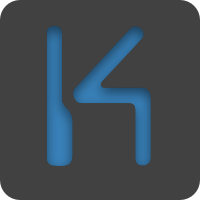Designing for Success: An Effective Product Development Framework
When launching a new project, it is vital to first identify the problem and target audience. This enables validation of the product-market fit and the creation of a user experience that is specifically tailored to the needs and preferences of the target audience.
An effective design process is crucial for creating a product that is validated by user feedback and data insights. This increases the chances of releasing a high-quality product that meets user needs and expectations. Even in instances where a project's priority is a quick release, I prioritize Usability Testing as a vital step that should not be skipped. The time and effort invested in this step, even if it means increasing the delivery timeframe, is crucial to ensure a successful product launch.
In a lean environment, it may not be possible to adhere to every step of the design process due to various constraints such as development dependencies, speed to market, etc. However, my top priority is always to validate my design concept with real users. This step is essential for me to proceed with the project.
Identify Project Scope & Requirements - Identify the product’s application, general target market/audience, overall goals and business requirements.
Research - Find competitors, review analytics (if available get examples and other data related to the project).
Information Architecture - Create a map of the information requirements and flow.
Wireframe - Create a wireframe to map out functionality, structure and content.
Storyframe - Build a flow that tells a story, clears bottlenecks and identifies any existing UX problems.
Usability Testing - Build a prototype and test it with at least 5-10 users depending on speed to market.
Design System - Building the key reusable components that make up the UI.
UI/Visual Design - Incorporate branding style, UI patterns, icons, interactions and animation.
Prototype Final Design - Develop a prototype to show how the full design will look, feel and behave. Test again with 5-10 users.
Launch & Optimize - Build on the initial design to further iterate and improve upon the original experience.


